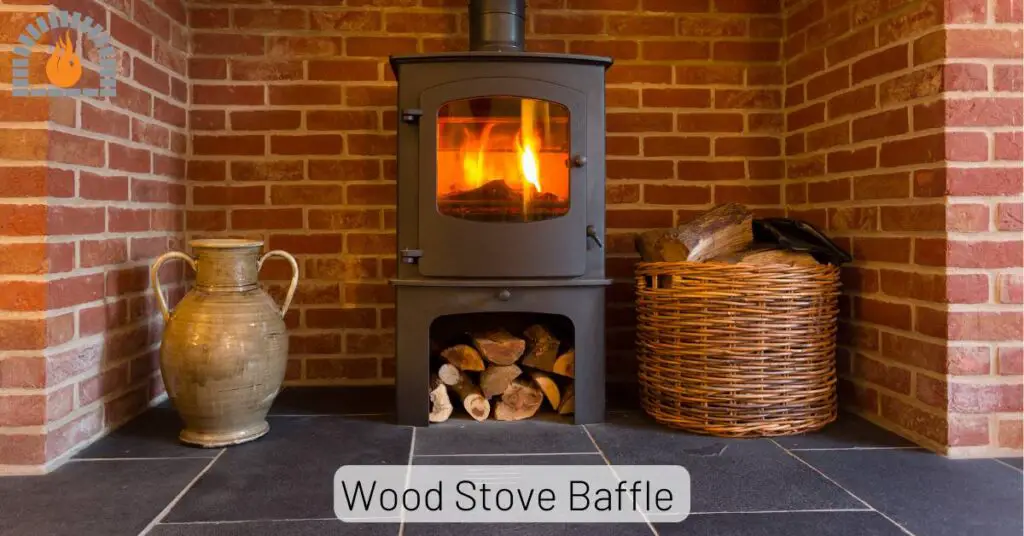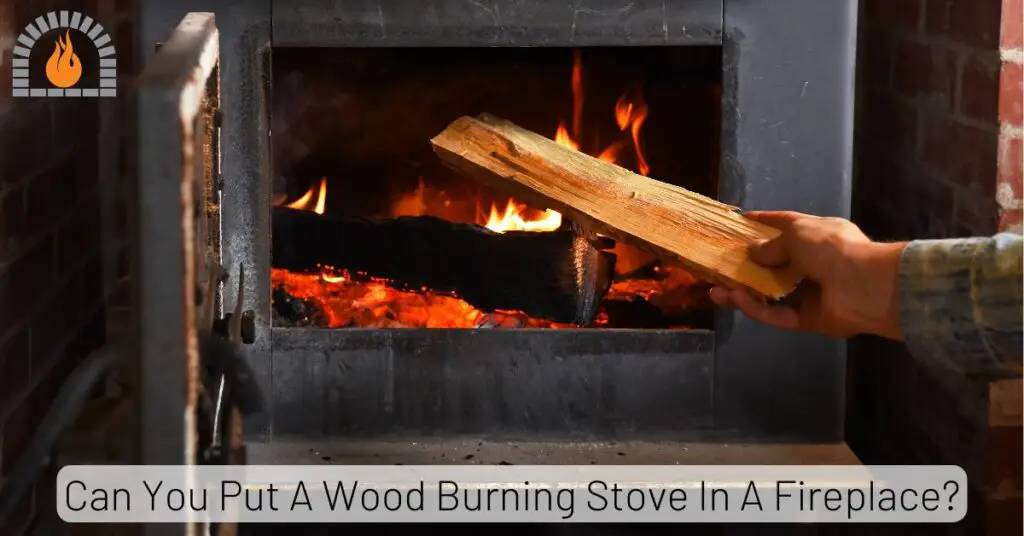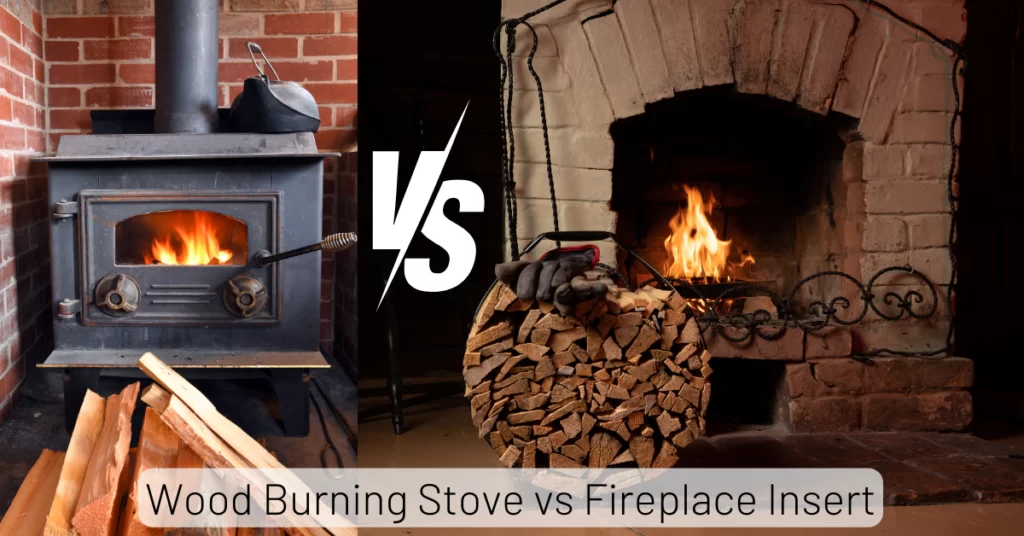The Federal Airtight Wood Burning Stove is a popular model known for its robust design, heating efficiency, and classic aesthetic appeal. However, like any wood-burning stove, it can present certain issues over time due to wear and tear, improper maintenance, or other factors.
Let’s explore the most common problems owners encounter and the practical solutions to fix them.
Federal Airtight Wood Burning Stove: Common Issues and Fixes
1. Inefficient Heating
One of the primary functions of the Federal Airtight Wood Burning Stove is to provide efficient heat output. Over time, however, some users may notice a reduction in the stove’s heating capabilities. This issue can arise due to several factors:
- Clogged or Dirty Chimney: A buildup of creosote or ash in the chimney reduces airflow, causing poor combustion, resulting in less heat output.
- Fix: Have your chimney inspected and cleaned at least once a year. Use seasoned wood to prevent creosote buildup, as unseasoned wood creates more smoke and tar.
- Worn Gaskets: The gasket seals around the stove door and glass can wear out, allowing air leaks. This compromises the stove’s airtight seal, leading to inefficient burning.
- Fix: Replace the door and glass gaskets regularly. Most stove gaskets are easily replaceable with simple tools, and gasket kits are widely available.
2. Difficulty Starting or Maintaining a Fire
If your stove struggles to maintain a fire or is difficult to start, it can be frustrating and inefficient. Here are common causes and solutions:
- Improper Airflow: Inadequate oxygen supply to the fire can make it difficult to ignite or keep burning.
- Fix: Ensure that the stove’s air controls are properly adjusted. The primary air control should be open while starting the fire, and only partially closed once the fire is burning well.
- Wet or Unseasoned Wood: Burning unseasoned (wet) wood makes starting a fire challenging and leads to excessive smoke.
- Fix: Always use properly seasoned wood with a moisture content of 20% or lower. You can check moisture levels using a wood moisture meter.
3. Creosote Buildup
Creosote, a tar-like substance, is a byproduct of wood combustion. Over time, it can accumulate in your stove and chimney, posing a fire hazard and reducing stove efficiency.
- Fix: Regularly clean the stove and chimney to prevent excessive creosote buildup. Using seasoned hardwood and maintaining higher burn temperatures can reduce creosote formation. Aim for stove temperatures between 250°F and 500°F to ensure efficient combustion.
4. Overheating Stove
While underperformance can be an issue, so can overheating. Overheating occurs when too much wood is added, or the stove’s air intake is left open for extended periods.
Overheating can cause warping of the stove’s components, including the baffle plate or the stove itself.
- Fix: Monitor the stove’s temperature using a stove thermometer. Keep the air control slightly closed once the fire is established to prevent excessive heat. Avoid overloading the stove with large quantities of wood at once.
5. Warped Baffle Plate
The baffle plate is a critical component that helps retain heat in the stove and improve combustion efficiency. However, prolonged exposure to high temperatures can cause the baffle plate to warp or crack, reducing its effectiveness.
- Fix: If you notice warping or cracking in the baffle plate, it’s important to replace it. Using a stove thermometer can help avoid this issue in the future by ensuring you’re not running the stove at excessively high temperatures.
6. Cracked or Clouded Glass
The glass door on your Federal Airtight Wood Stove allows you to enjoy the ambiance of a burning fire. Over time, the glass may become clouded with soot or creosote, or it may crack due to extreme heat.
- Fix: To clean clouded glass, use a stove glass cleaner specifically designed for removing soot and creosote deposits. For cracked glass, replace it immediately. It’s essential to use high-temperature ceramic glass designed for wood stoves to ensure safety.
7. Leaky Door or Damaged Seals
If your stove door does not close properly or you notice air leaking from around the door, it can compromise the stove’s efficiency and safety. This is typically due to worn-out door seals or gaskets.
- Fix: Inspect the door gaskets regularly. If they are frayed or compressed, they need to be replaced. You can purchase replacement gaskets in the correct size and material for your stove and install them with a heat-resistant adhesive.
8. Smoke Entering the Room
Smoke should always exit through the chimney, but if you notice smoke entering your home when using the stove, it indicates a problem with airflow or a chimney blockage.
- Fix: Check the chimney for blockages like bird nests, creosote buildup, or debris. Ensure that the flue is fully open before starting a fire. If the smoke persists, check for downdrafts caused by wind or chimney design flaws. You may need to install a chimney cap or extend the chimney to improve draft performance.
9. Fire Bricks Deterioration
Fire bricks line the interior of the stove and protect the metal body from intense heat. Over time, these bricks may crack or deteriorate due to repeated exposure to high temperatures.
- Fix: Inspect the fire bricks regularly and replace any damaged or cracked bricks. You can find replacement fire bricks at most stove supply stores. Replacing the bricks promptly helps maintain the stove’s heat retention and prevents damage to the stove body.
General Maintenance Tips for Federal Airtight Wood Stove
-
Clean the stove regularly to remove ash, soot, and creosote.
-
Inspect the chimney annually and schedule a professional chimney cleaning if necessary.
-
Replace gaskets and seals as needed to maintain the stove’s airtightness.
-
Use seasoned hardwood to ensure efficient burning and reduce creosote buildup.
-
Install a stove thermometer to monitor and maintain safe operating temperatures.
-
Replace worn components like firebricks, baffle plates, and glass promptly to prevent further damage.
FAQs
Why is my wood stove not producing enough heat?
Blockages in the chimney or air pathways, or using unseasoned wood, can reduce heat output.
What causes my wood stove to overheat?
Overloading the firebox or malfunctioning air control valves are common causes of overheating.
How often should I clean my chimney to prevent creosote buildup?
At least once a year, though frequent use may require more frequent cleanings.
Can I replace the glass on my stove door myself?
Yes, but ensure you use stove-rated glass and follow manufacturer instructions.
What type of wood should I burn in my Federal Airtight stove?
Use seasoned hardwoods like oak or maple for optimal performance.
Final Thoughts
While the Federal Airtight Wood Burning Stove is a reliable heating option, it’s important to stay on top of maintenance to avoid common problems like inefficient heating, creosote buildup, or warped parts.
Regular cleaning, inspection, and timely repairs are key to ensuring your stove operates efficiently and safely for many years to come.
Affiliate Disclosure: Fireplaceadviser.com is a participant in the Amazon Services LLC Associates Program. We may earn a commission when you click on certain links on this site and purchase.

Hello!! I am Jamal Khan. I often fix my home electric heaters and gas stove problems and research the common issues in the heating units to improve my knowledge and expertise. The aim of establishing fireplaceadviser.com is to share my expertise and knowledge with my audience.
















